The Pink Panther (1963) in the title refers to a magnificent diamond that has a small flaw if looked at under a microscope. The flaw looks like a little pink panther, if looked at the proper way. The diamond is worth millions and is stolen by the “Phantom”, a famous jewel thief played by David Niven (Sir Charles Litton) and his nephew, Robert Wagner (George Litton). A bumbling French inspector is brought in as the resident expert on the “Phantom”, Inspector Jacques Clouseau, played by the AMAZING Peter Sellers. This is how it all began. In place was some of the elements that helped with the success of a brilliant film and cartoon series.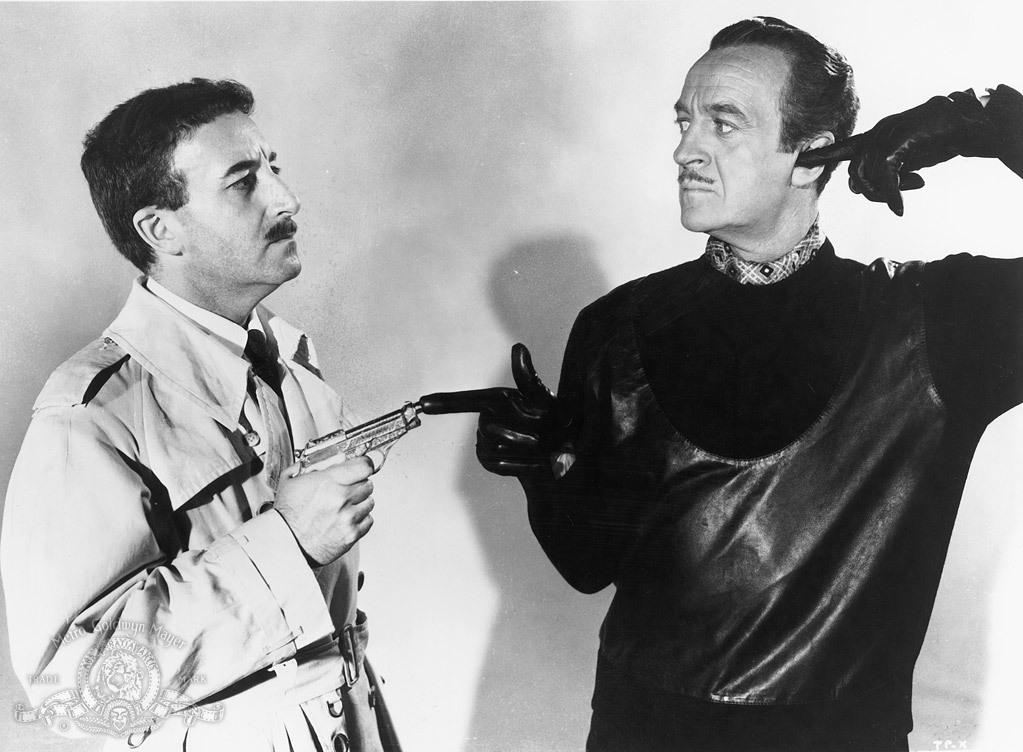
The producers for The Mirisch Company and director Blake Edwards decided early on to include an animated intro to the movie and hired a new animation production company formed the same year by Friz Freleng and David DePatie (DFE Films) to design the title sequence. They were so pleased by the design and presentation of the Pink Panther cartoon character that they ordered a cartoon series shortly after the film was released. Their first short, The Pink Phink, would win Freleng an Academy Award the very next year. The Pink Panther character was a huge success, completely separate from the movie series, which ended up being wrapped around the very popular Peter Sellers character Inspector Jacques Clouseau. Interestingly, originally the inspector was just a supporting character as the film was supposed to be a vehicle for David Niven, but slowly over the course of the film, due to the improvisational style of Blake Edwards the director and the brilliant comedy mind of Peter Sellers, the inspector character stole the show, literally, from right in front of Niven’s eyes. This is simply a case of synergy that Edwards tapped into and took complete advantage of during the course of production. Give him credit for recognizing genius when he sees it and the flexibility of changing all plans to maximize what was to become a monumental opportunity.
Blake Edwards and Peter Sellers enjoyed working together to develop Clouseau down to every move and nuance of voice and expression. “For years I’d been getting bits of what I wanted into films, as writer or director…but I had never had an area in which to exploit my ideas to the full,” Edwards said later. “Then along came Peter, a walking storehouse of madness, a ham with an almost surrealist approach to the insanity of things, and we found an immediate affinity.” This almost didn’t happen as Peter Ustinov was originally cast as the inspector but quit before shooting began when Ava Gardner dropped the picture. Sellers was hired to replace him. Peter Sellers and Blake Edwards agreed completely on the notion that comedy should be painful. Edwards had worked with director Leo McCarey early in his career, and he said McCarey had taught him an essential truth about comedy through his ability to extend tension in his comic scenes past the point at which audiences became uncomfortable. “He called it ‘breaking the pain barrier,'” Edwards recalled.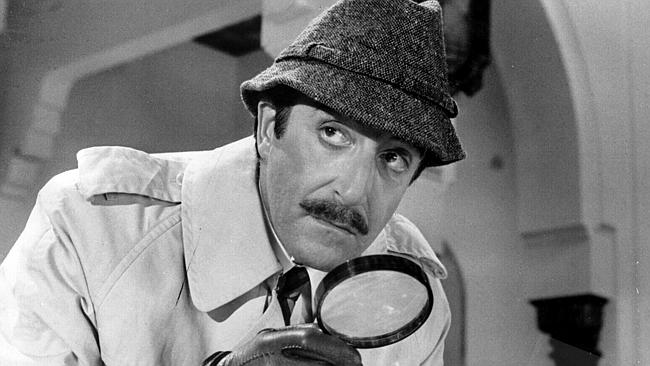
Now, seeing the excitement build during rushes (term referring to raw footage viewed during production) lead cast, crew and especially the producers to think they had something special, and they had. Another bit of luck would shortly follow. Peter Sellers was next cast as another bumbling detective in the movie adaptation of a popular stage play at the time that would have him paired him up with another detective played by Walter Mathau, who were brought in to solve the murder at a country estate. Peter Sellers was not thinking the script for the movie was going well and he and Walter Mirsch convinced Blake Edwards to take over the writing of the script and the directing of the movie. After reading the current draft, Edwards got the brilliant idea to transform the script into a vehicle for Inspector Jacques Clouseau and Mirsch and Sellers readily agreed and they went into production on a new Inspector Clouseau movie which was released as A Shot In The Dark only 4 months after The Pink Panther was released. This really helped to solidify the character and the series moving forward. This film features 3 more elements that would become signatures in the series, namely Sellers mumbling and twisting of the original French accent, the Inspector’s Asian man servant Kato/Cato (played by Burt Kwouk) that attacks him at every opportunity and the Inspector’s boss Commissioner Charles Dreyfuss that wants him dead, played by Herbert Lom. Oddly, enough the actor who originated in the stage play, Walter Mathau (who won a Tony in 1962 for the part), dropped out when the play was completely rewritten by Blake Edwards and a young William Peter Blatty (most famous for writing The Exorcist).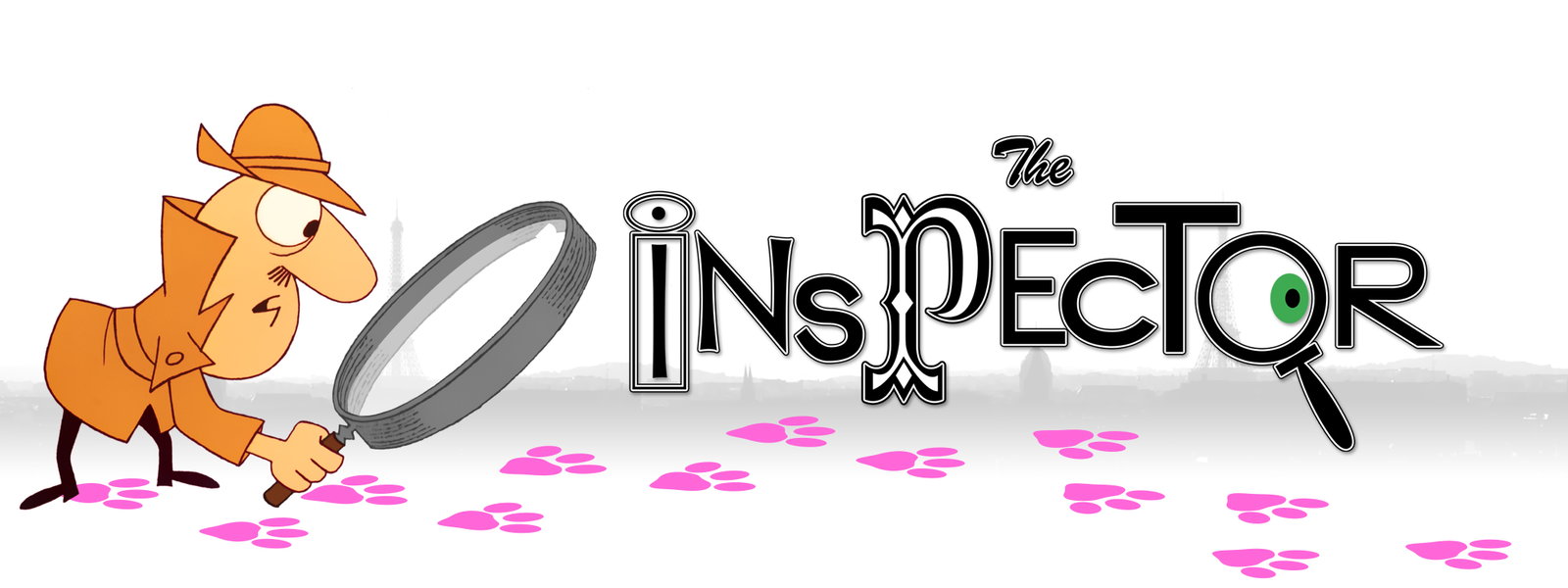
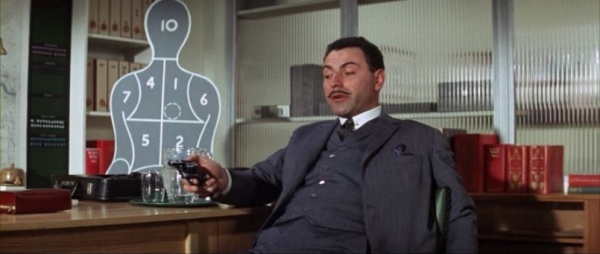 The next one to arrive was 4 years later and unfortunately both Edwards and Sellers were not available so the studio moved forward with Inspector Clouseau (1968) without them. In the role of Clouseau is Alan Arkin and it’s directed by Bud Yorkin. This entry is largely forgettable but from here on out, it’s notable that Inspector Clouseau’s customary hat and trench coat is introduced. All hands on deck were available for the next outing, The Return of the Pink Panther (1975) with Sir Charles Litton and his wife recast with Christopher Plummer and Catherine Schell. The success of this film enabled them to keep making the series. The Pink Panther Strikes Again (1976) was filmed shortly thereafter. Herbert Lom is marvelous in this one, although, to his credit, he’s quite good in all of them.
The next one to arrive was 4 years later and unfortunately both Edwards and Sellers were not available so the studio moved forward with Inspector Clouseau (1968) without them. In the role of Clouseau is Alan Arkin and it’s directed by Bud Yorkin. This entry is largely forgettable but from here on out, it’s notable that Inspector Clouseau’s customary hat and trench coat is introduced. All hands on deck were available for the next outing, The Return of the Pink Panther (1975) with Sir Charles Litton and his wife recast with Christopher Plummer and Catherine Schell. The success of this film enabled them to keep making the series. The Pink Panther Strikes Again (1976) was filmed shortly thereafter. Herbert Lom is marvelous in this one, although, to his credit, he’s quite good in all of them.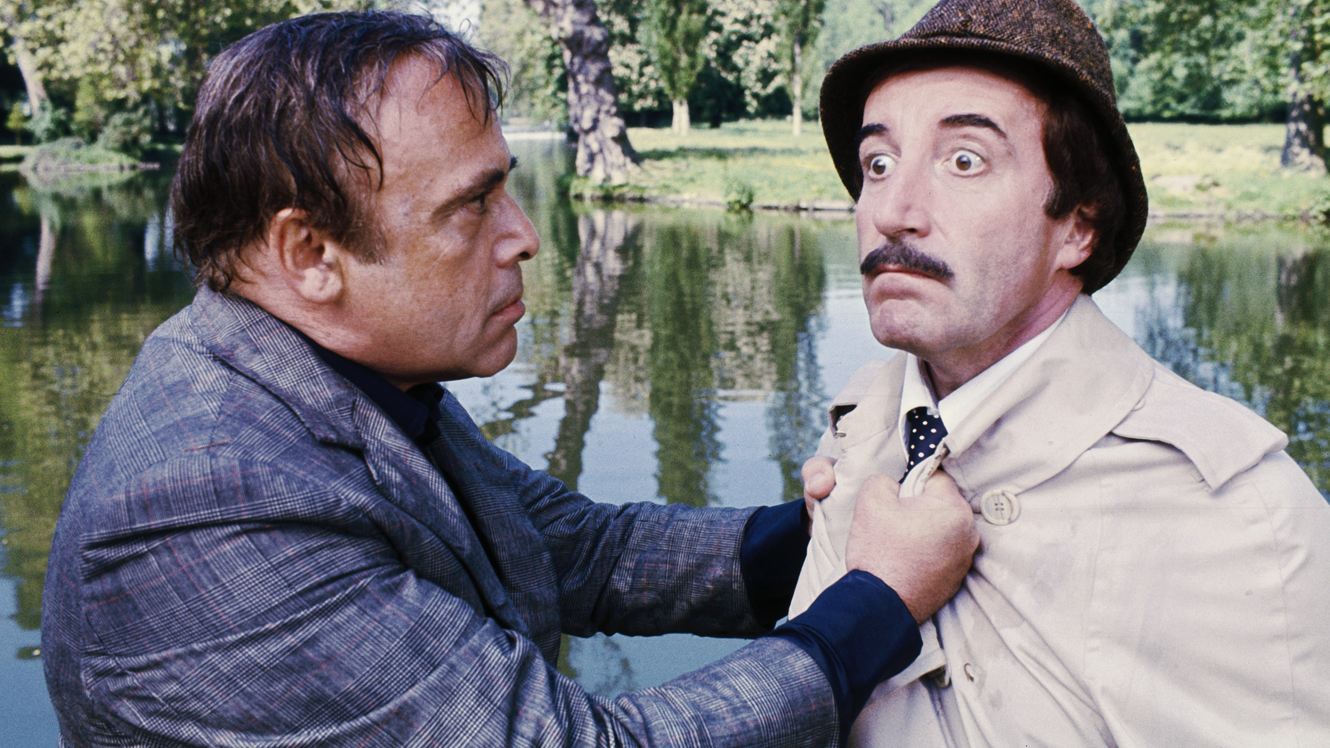
Revenge of the Pink Panther (1978) is my favorite as it was the first one my twin brother and I ever saw and was our introduction to this great series. I love Diane Cannon, so there’s another reason to like this entry. This one was the highest grossing of all the Pink Panther movies starring Peter Sellers, and arguably his last. I say arguably, because he’s listed in the credits for The Trail of the Pink Panther (1982) and The Curse of the Pink Panther (1983) although neither features “new” footage of Peter Sellers, only reused or footage deleted from the other films in the series. These films are just dreadful and not really worth mention, but the last one does feature a nice little cameo by then Bond star Roger Moore as Inspector Clouseau.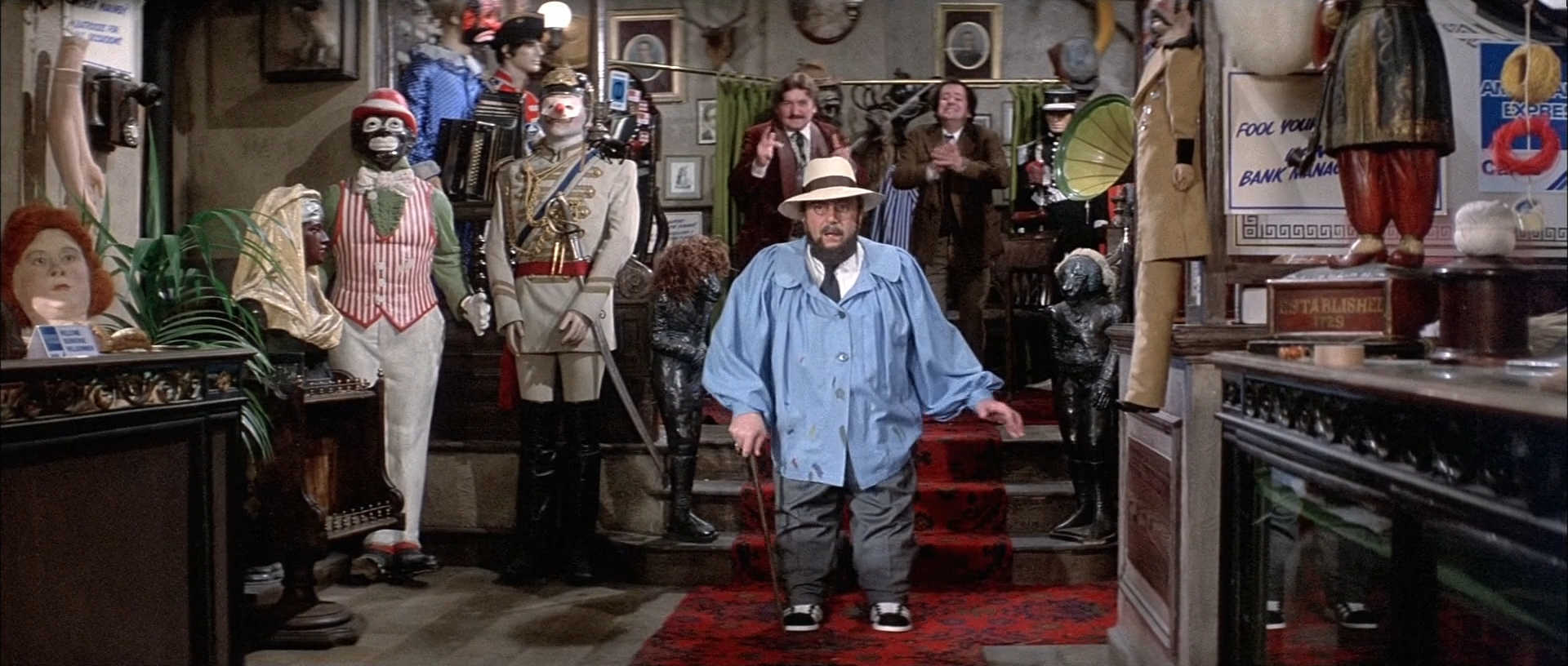
There have been two attempts to reboot the series. The first time in 1993 for The Son of the Pink Panther with Roberto Benigni as the som of Inspector Clouseau. This one bombed at the box office and seemed to be a good match for Roberto and his style of comedy, but he’s not well known enough to get the spark ignited. The more successful of the reboots was in 2006 with Steve Martin in the role of Inspector Clouseau, but strangely enough held very few of the elements that I thought made the original series so successful. Although, a lot of people thought the combination was worthy and so The Pink Panther was reborn and made over $150 million dollars at the box office and was soon followed by The Pink Panther 2 (2009).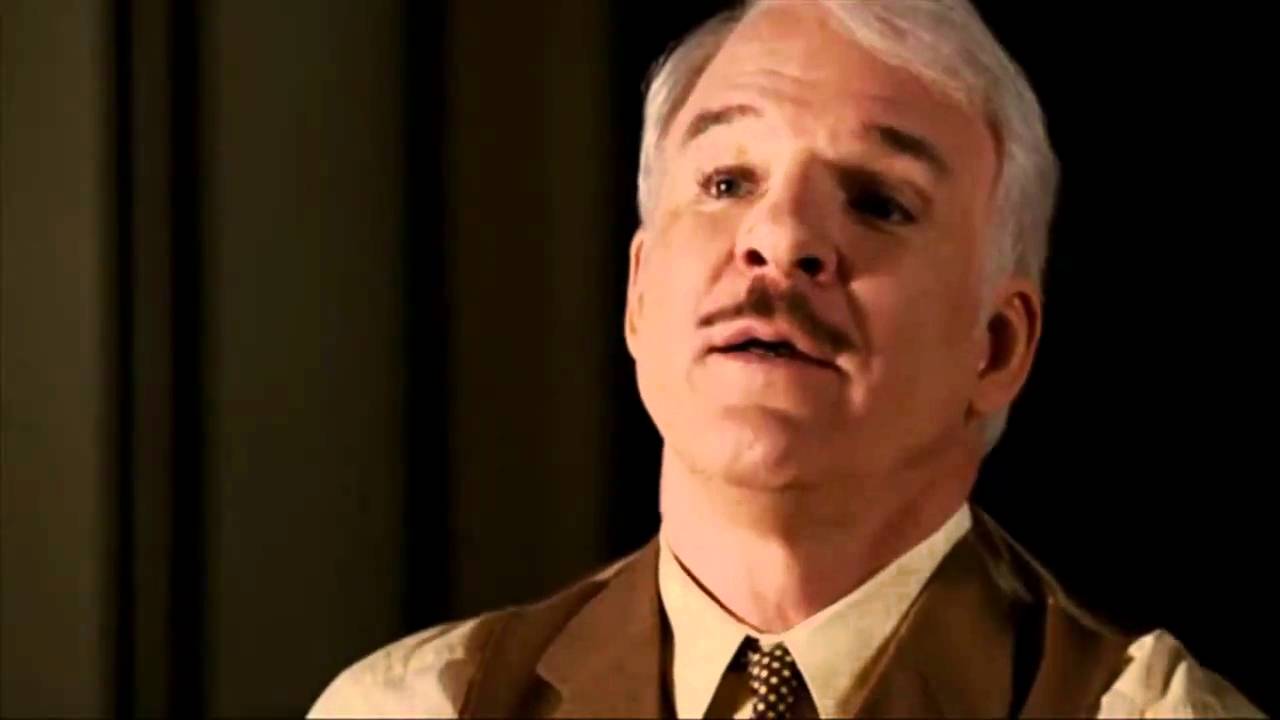

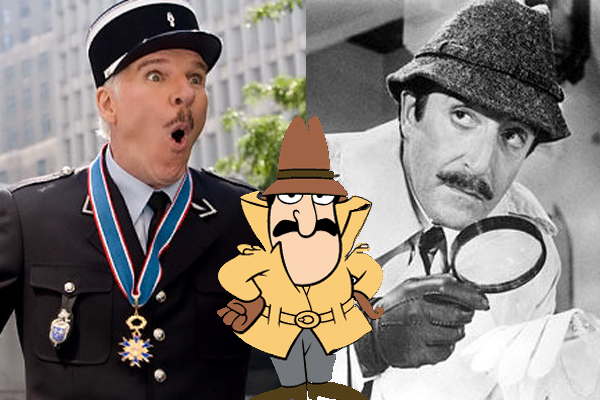
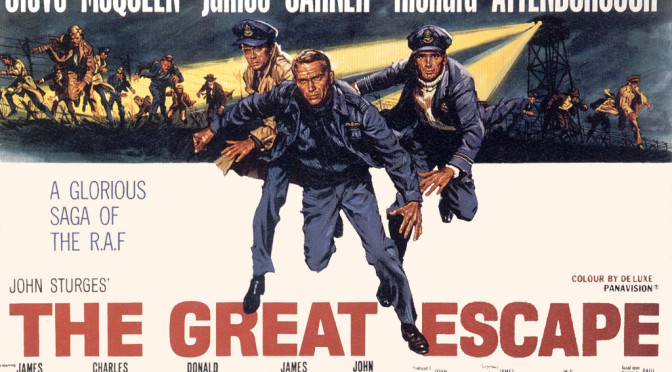
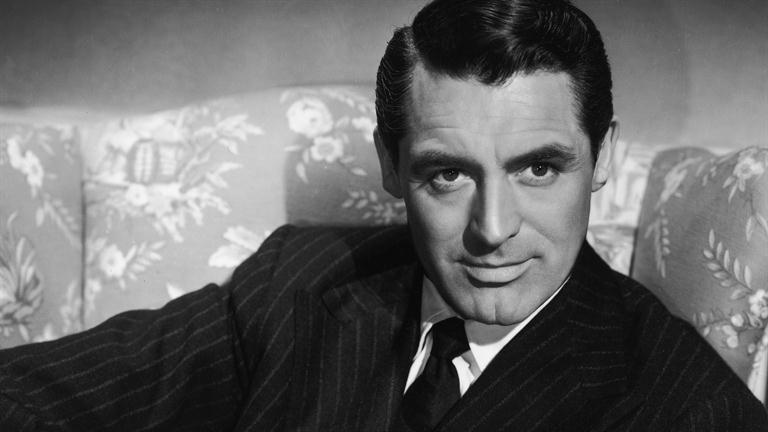

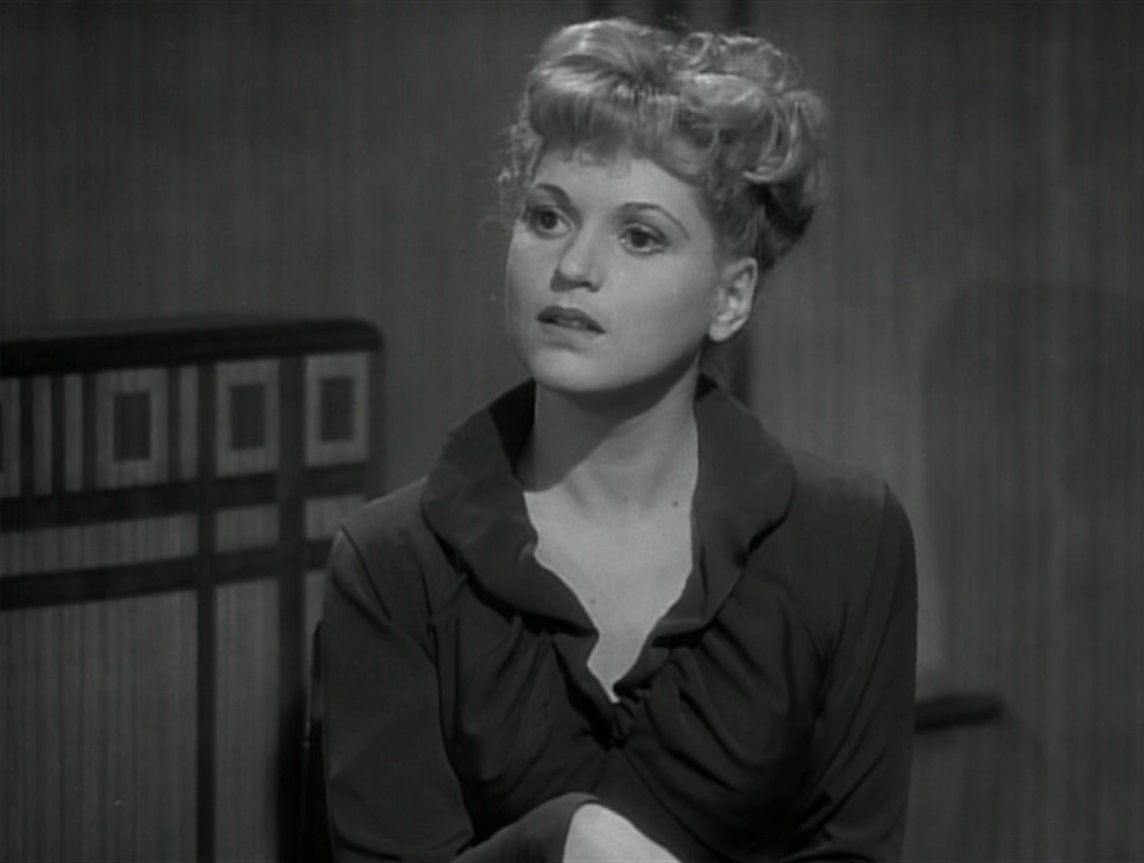
One thought on “Pink Panther and Inspector Clouseau”
Comments are closed.